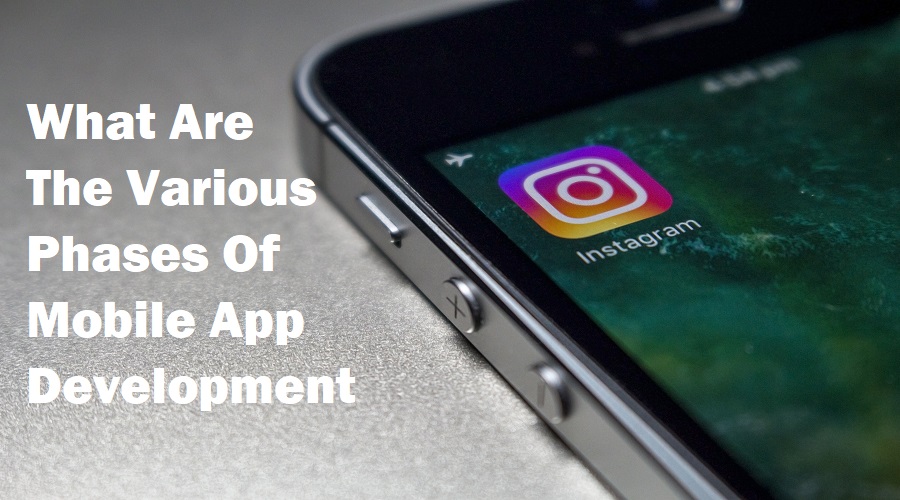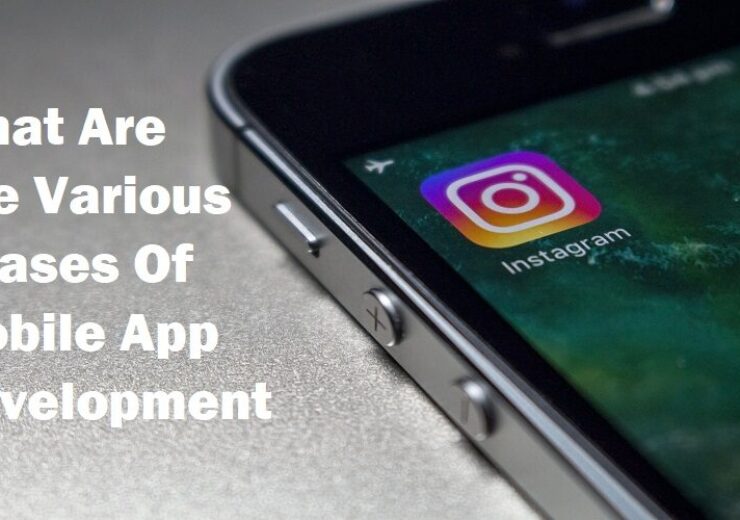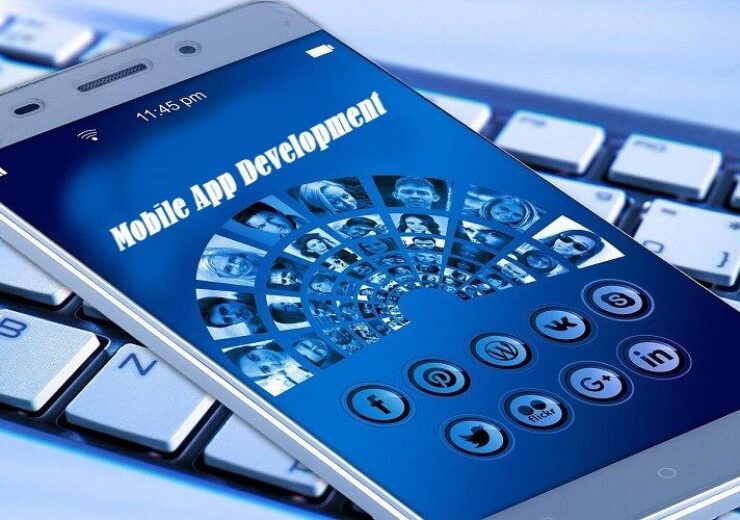What Are The Various Phases Of Mobile App Development?

Users have the option of pre-installing these programs or downloading and installing them at a later date. Use the network capabilities of the device to remotely control computing resources. To access data using APIs, backend services must be enabled, installation-ready software must be created, and the application must be tested on the intended device.
In addition to taking into an account screen size, hardware specifications, and many other app development process factors, creating a scalable mobile app takes careful planning. With the rise of jobs in the mobile app development industry, it is important for entrepreneurs, startups, and especially Mobile app development companies in Bangalore, to have a well-defined and understood process.
Mobile app design and development is now mostly serving human needs based on the latest technologies such as IoT, machine learning, AR, VR, and more. But have all these technologies changed mobile application development? So, should we be more careful when developing Million Dollar Idea apps?
Mobile app development is divided into several phases that contribute to building the application. You should know these stages of development, which we will discuss in our post.
1. Planning and Research:
————————————–
The first steps in mobile app development include research and planning. This is the most important step in the entire process of building an application. Because whatever you put down becomes the foundation for development.
It’s important to do some real research and brainstorming at this stage. While doing so, you need to answer questions like what is the purpose of the app. Who is your target audience? Which platform is right for your application development? Is your app paid or free?
Once you know the answers to these questions, you can easily identify the apps you want. Analytics helps you determine your target audience. Often, the target audience will be a pivotal aspect that will help determine the platform of your application, and you will know what categories of users will use your app.
2. Technical Feasibility Assessment:
————————————–
Visual analysis is not enough for app development. You need to decide whether your backend system will support your app’s functionality. It is important to examine the technical feasibility of your app development ideas.
You also need to decide which platform to use for development. Application development has different requirements and depends on the type of platform you use. Android or iOS or both.
3. Wireframes and Prototypes:
————————————–
You should have a reasonably clear concept of how your application will look and what features you want to include at this stage of mobile app development. Now it’s time to sketch out an application that gives you a clearer picture of your navigation.
A sketch in your app is technically known as a wireframe. Online tools allow you to create wireframes of your application. You should also build a storyboard or working prototype that can clarify the connections between different screens of the end user journey.
4. Application design:
————————————–
Once you’ve defined your app’s prototype, it’s time to start with design and layout. Wireframes are an effective aid in creating application designs. UI/UX decisions should be made during the design phase of app development. While doing so, you should consider a few things:
- You need to strike a balance between content and user interface.
- Ensure feature integration while designing your app
- Don’t use too many gestures.
- Maintaining clarity and consistency of flow
- Create an interactive UI
5. Mobile App Development:
————————————–
App development involves many steps and processes. It’s important to set up an actual storage solution, database, API, and server for your app’s backend.
You must also have a developer account on the app store you will use to distribute your app. Please read the App Store guidelines thoroughly to ensure that your app is not rejected during the review process.
6. Mobile App Testing:
————————————–
You finally have a complete app concept with exciting graphics and well-placed content. So now is the time to test for any technical glitches or bugs and fix them immediately.
You can look at the original planning and design documents and cross-check everything with your app model to ensure your requirements have been met successfully. Application testing has never been easier thanks to online mobile UX testing tools that provide real-time feedback and analysis. Cross-platform compatibility of images, graphics, and user experiences should be tested.
7. Distribution:
————————————–
After the application has been tested for technical errors and flaws, it is ready for deployment. During deployment, you need to deploy the app to a server and ensure that it meets the defined security standards for data exfiltration. You need to make sure that your data is not leaking from the server. For this, it is important to ensure that the database is secure.
8. Launch the app:
————————————–
When you’re confident about every aspect of your application, it’s time to start. You can run the app from the App Store. This is the last step of the mobile app development process.
List your app in an app store other than the two main stores. Google Play and Apple App Store. Beyond this, it’s important to deliver your application to the right audience group with the right platform.
9. App improvements:
————————————–
Even if you start the latest version of the mobile application, the app development process is not yet complete. Yes, you read that correctly. Applications require continuous updates and upgrades at regular intervals. Also, with each update, we need to add new features that will enhance the user experience. Regular updates help keep customers and users engaged with your application.
How much time take it to develop an app?
————————————–
The answer to this question can never be precise, as it depends on a variety of features and other factors. For example, the time required to build a handmade luxury car is different from the time required to build a mass-produced economical car. You can very well answer the question of which car will take more time to build.
The same is true for mobile applications. Project scope varies for mobile apps of minimal, medium, and high complexity. The same is true for mobile applications. For mobile apps of minimal, medium, and high complexity, the scope of the project will vary accordingly.




